9 little-known facts about the Disney theme parks, from a former Imagineer
I worked as a Disney Imagineer creating, designing, and constructing the parks for eight years.
The Dumbo ride is at all 6 Disney parks, and the opening-day rides at Disneyland are still running.
There are utilidor systems under Magic Kingdom and Epcot that transport people, food, and trash.
There's a version of Dumbo the Flying Elephant at all six Disney properties, but one has a special mechanism.
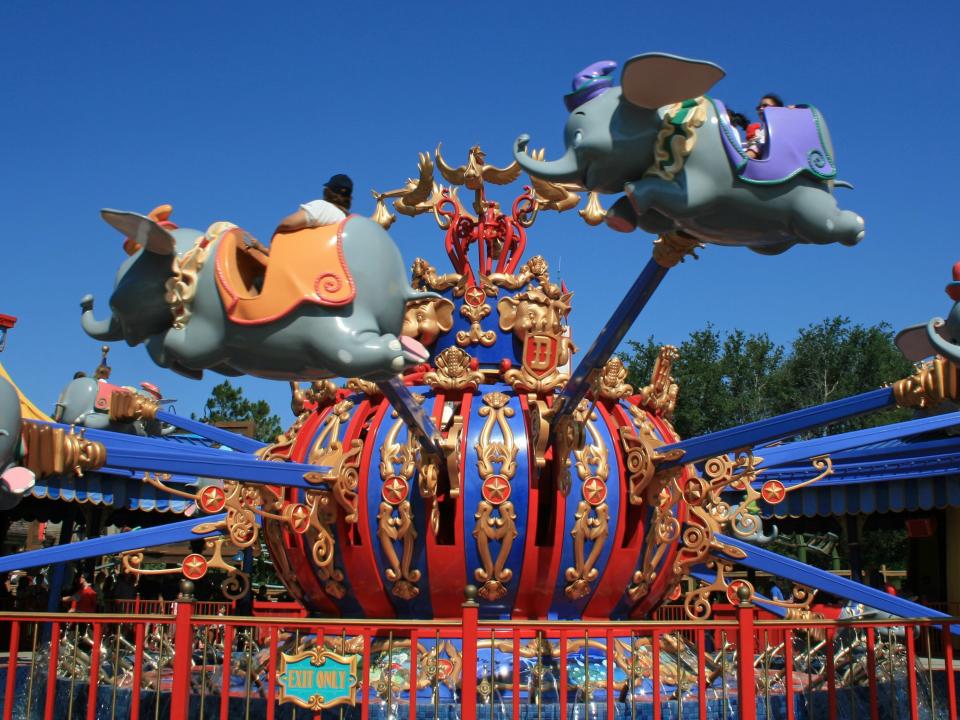
Dumbo the Flying Elephant is the only ride that exists worldwide at all six Disney properties.
But the ride at Florida's Magic Kingdom is the only one with "dueling Dumbos" — two side-by-side carousels.
The rumors are true — there are 'tunnels' under Magic Kingdom and Epcot.
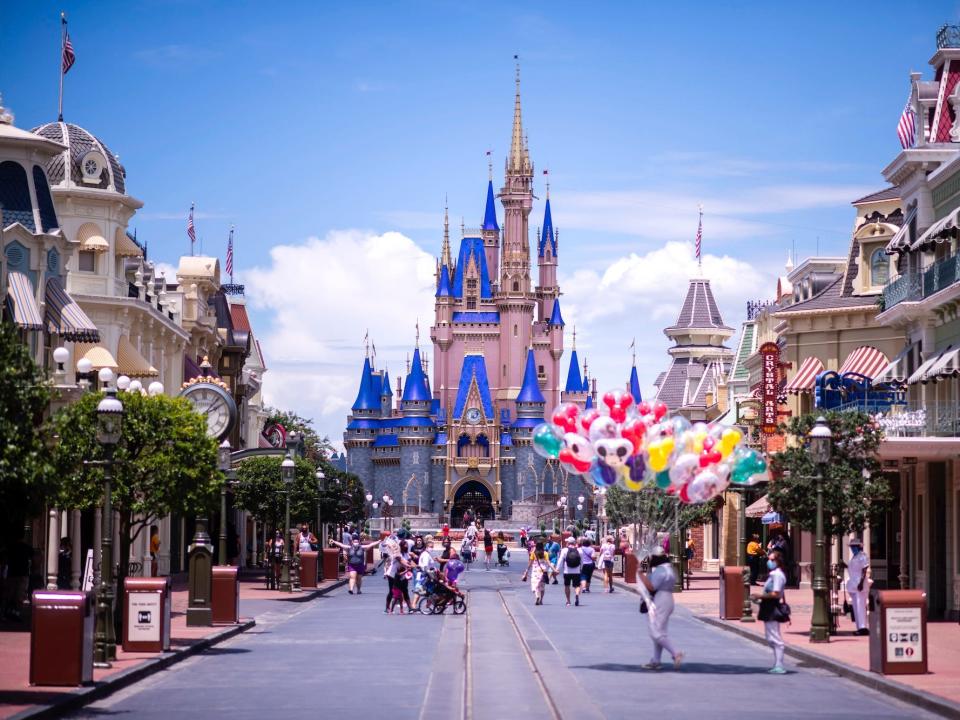
"Utilidors" underneath Magic Kingdom and Epcot comprise full roadway and walkway infrastructure.
But they aren't technically tunnels because they're not actually underground. They form the property's ground floor, and the actual park is on the second floor.
The utilidors have multiple purposes, including covertly moving park employees, characters, waste, food, and merchandise. They're also used for emergencies.
Visitors can get a behind-the-scenes look at the utilidor system if they sign up for Disney's Keys to the Kingdom tour. When available, the five-hour tour costs between $129 and $149, but it's worth it if you love learning Disney secrets.
Disney World's property in Florida isn't just made up of theme parks and hotels.
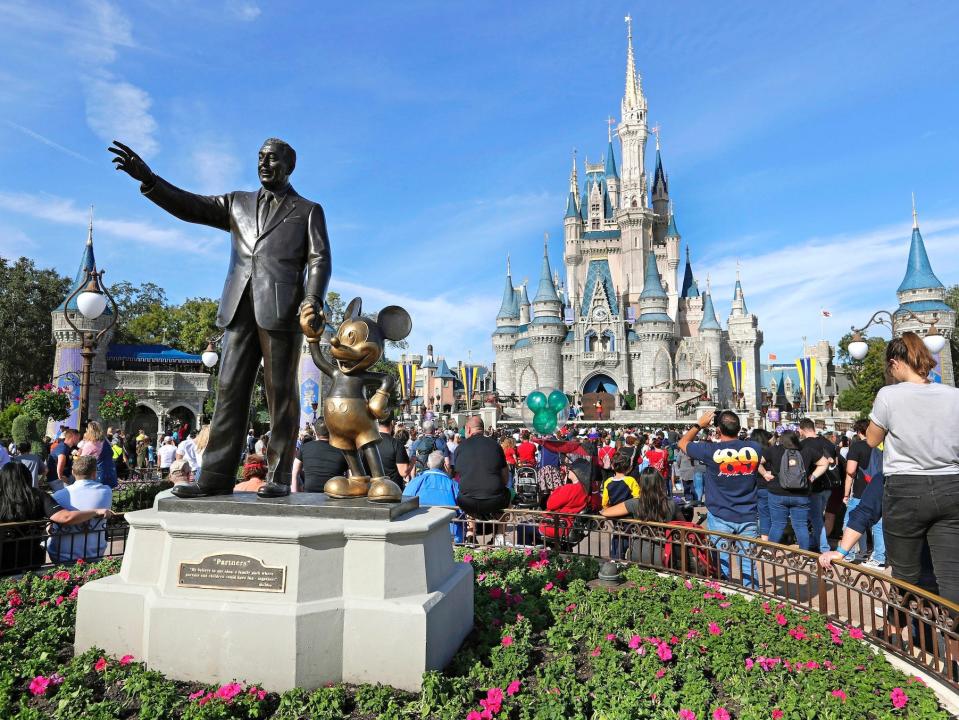
Walt Disney World in Orlando is home to thousands of acres of wetlands beyond the theme parks.
A wildlife-management-conservation easement protects the area.
Walt Disney originally envisioned Epcot as a fully functioning utopian city.
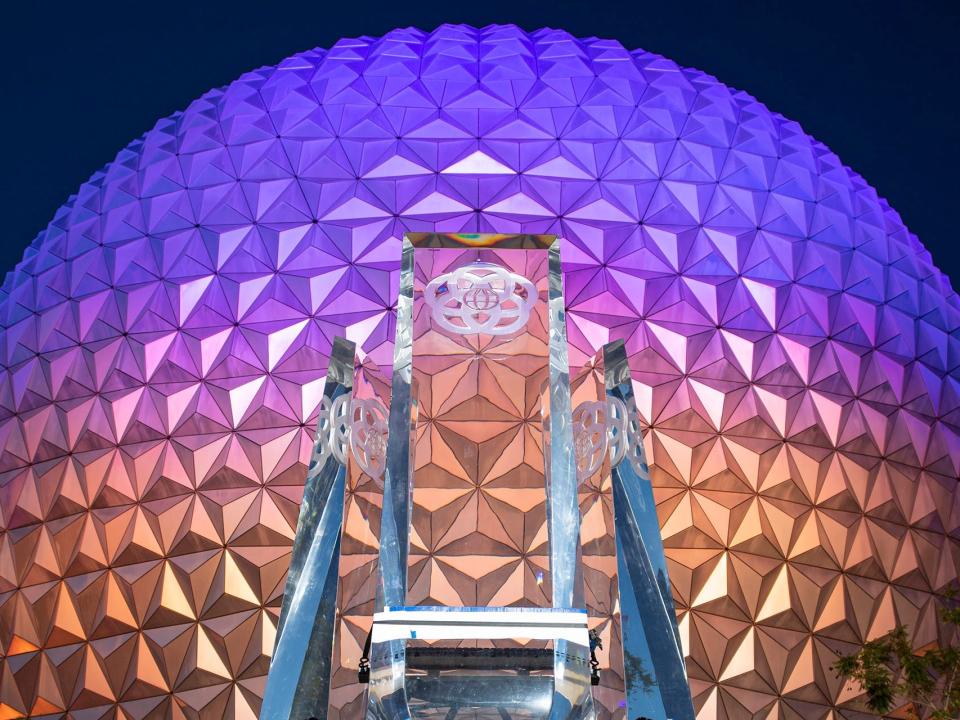
Epcot, or Experimental Prototype Community of Tomorrow, wasn't originally going to be just a theme park. Walt Disney intended to build a community that incorporated urban-planning methods and embodied an ideal way of life.
The plans included a futuristic approach to living, commerce, transportation, and recreation. To make it even more futuristic, Disney envisioned it all housed inside an air-conditioned dome.
Walt died a few months into the process, and the plans for Epcot eventually changed.
The tallest Disney castle in the world is in China.
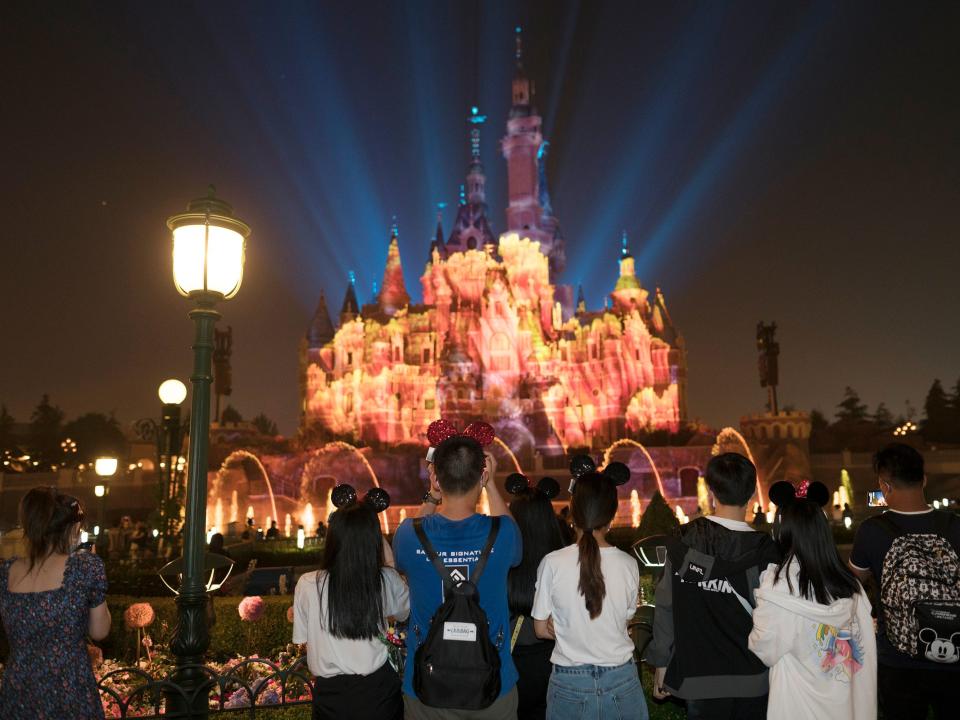
Out of the six Disney castles worldwide, Shanghai's Enchanted Storybook Castle, which opened in 2016, is the tallest at about 197 feet.
The shortest one is the original Sleeping Beauty Castle at Disneyland in California, which is 77 feet tall.
Disneyland wasn't originally supposed to be in Anaheim, California.
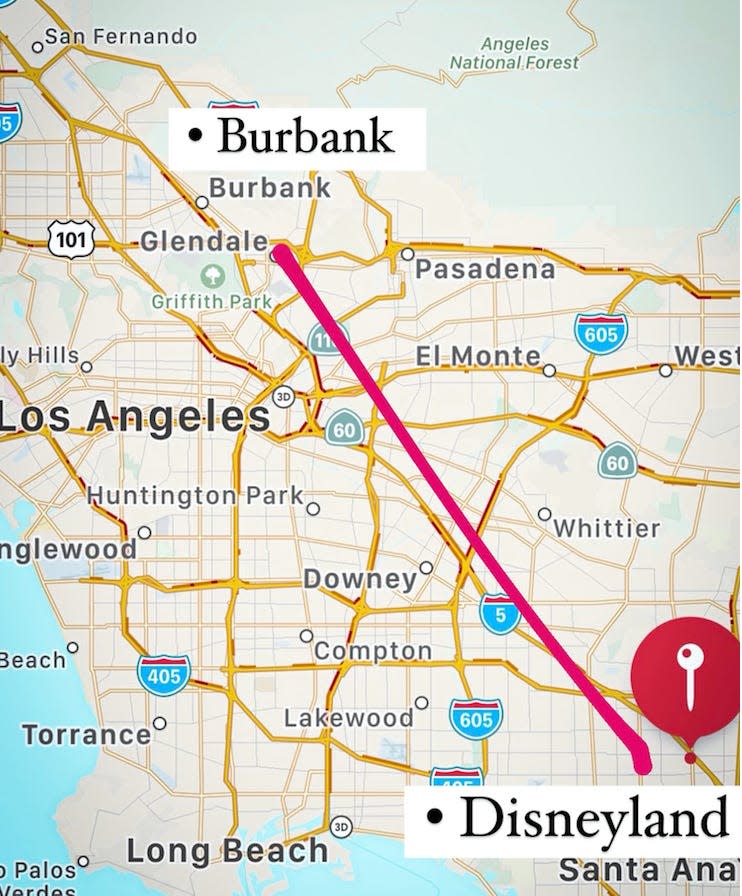
In the 1950s, Walt originally proposed that Disneyland be located in Burbank, California, about 36 miles northwest of where it ended up in Anaheim.
As the vision of Disneyland grew, Walt set his sights on a larger plot of land, which was the main reason for the move.
The park opened on July 17, 1955, and the resort expanded to include Disney California Adventure Park in 2001.
Imagineers consulted with feng-shui experts when they designed Hong Kong Disneyland.
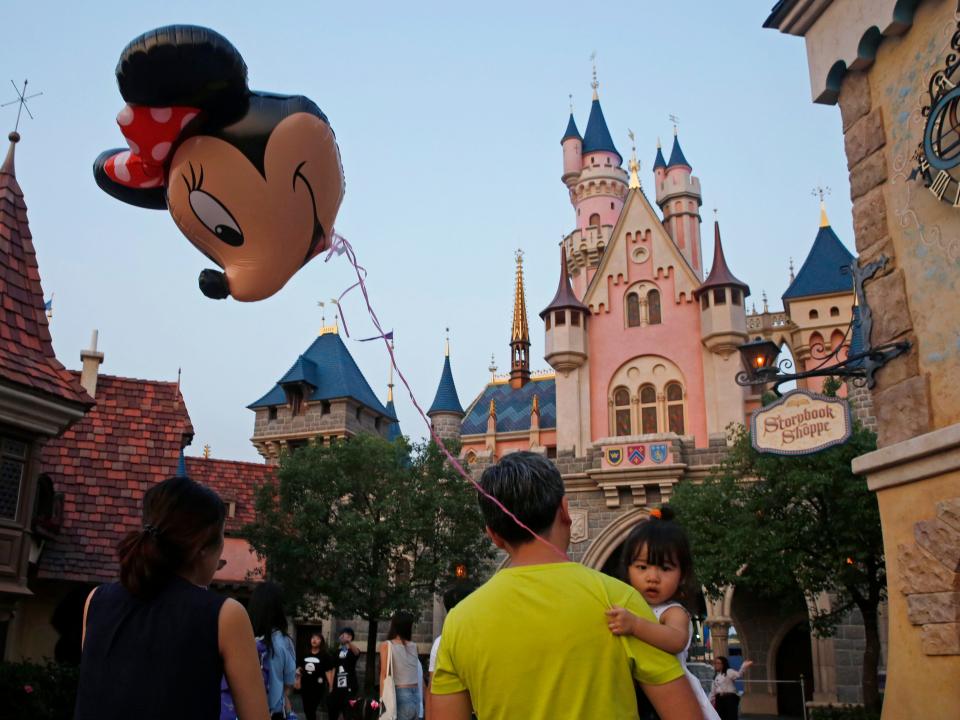
While planning and designing Hong Kong Disneyland, Imagineers consulted with feng-shui masters and experts. The ancient Chinese practice focuses on creating spaces that achieve balance with the natural world.
Imagineers wanted to ensure a sense of harmony in their designs, so when you're strolling through the park, know that every building and walkway was placed with a bigger purpose in mind.
All of Disneyland's opening-day rides are still operating 66 years later.
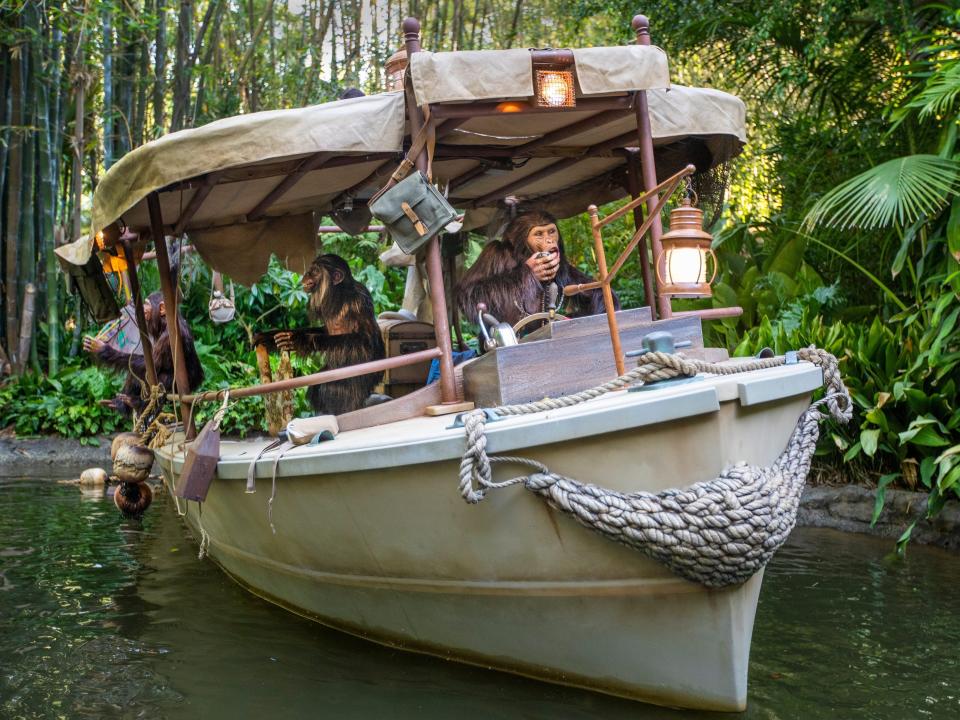
Guests can travel back in time by hopping on the attractions that debuted when Disneyland first opened in 1955.
The original rides — which all still operate — are Jungle Cruise, Storybook Land Canal Boats, Mark Twain Riverboat, Snow White's Scary Adventures, Mad Tea Party, Peter Pan's Flight, Mr. Toad's Wild Ride, King Arthur Carrousel, Autopia, and the Disneyland Railroad.
Tourists used to have to purchase 'E' tickets to ride the most popular attractions, and the term is still used to describe attractions.
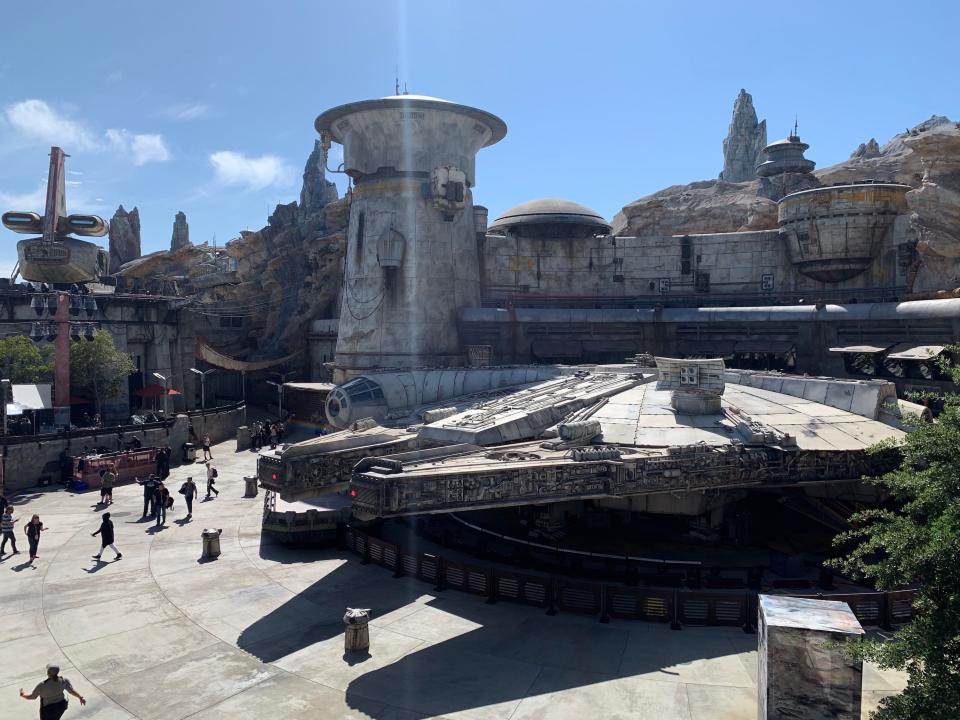
Between 1955 and 1982, guests at Disneyland and, later, Walt Disney World, had to purchase separate tickets for each attraction they wanted to ride. By the late 1950s, the rides were broken up into five tiers — A, B, C, D, and E — based on their popularity.
"E"-ticket rides were the most coveted attractions, and though Disney got rid of the system, the term is still used to refer to the major, top-tier attractions at the parks.
Modern rides such as Star Wars: Rise of the Resistance and Mickey and Minnie's Runaway Railway would be considered "E"-ticket attractions.
This story was originally published in October 2021 and most recently updated on February 29, 2024.
Read the original article on Business Insider


